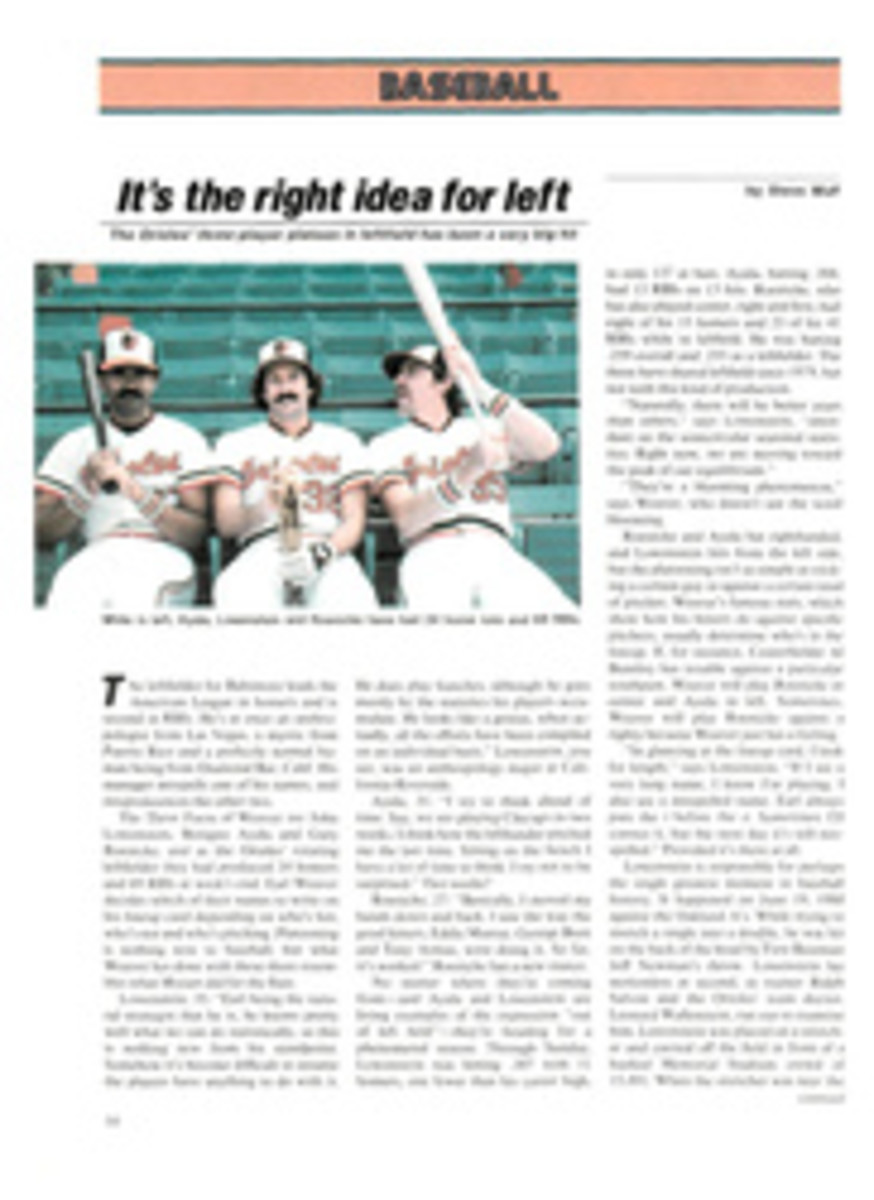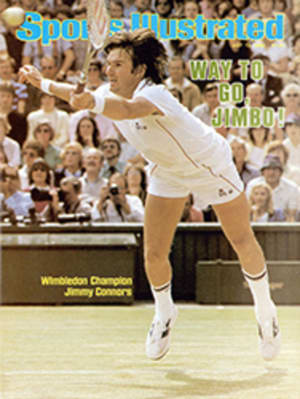
PSST! DIDJA KNOW THAT TOM EDISON STAGED ILLEGAL FIGHTS FOR FLICKS?
Boxing is ideally suited for filming. There are only two participants and they interact in a small space. These considerations weren't lost on Thomas Edison when he and his laboratory staff in West Orange, N.J. were developing the pioneering motion picture camera, the strip kinetograph, in the early 1890s. They produced the world's first fight film in 1894, despite the limitations of the camera and the fact that at the time boxing was illegal in New Jersey as well as almost everywhere else in the U.S.
Edison worked with William Dickson, the lab's chief photographer, in developing the strip kinetograph, the first camera that could record motion. The two required a studio for filming, so Dickson had a 25-by-30-foot black tar-paper shack built next to the lab.
"We were looking for service, not art," Edison wrote later about his shack, which became known as the "Black Maria," the world's first building erected expressly as a movie studio. The roof opened, and the entire building was placed on pivots to follow the sun's light for natural illumination.
Next came the problem of what to film. "We needed to make our arrangement of scenes just as obvious and simple as possible," Edison wrote, "[for audiences] hadn't been trained to visualize more than one thought at a time." One short film showed a man sneezing. Eventually, wrestlers, fencers, acrobats, performing bears, the exotic dancer Carmencita and strongman Eugene Sandow performed before Edison's camera.
But more compelling attractions were needed if the cinema was, as one Edison biographer wrote, "to offer the poor man an effective substitute for the saloon." Boxing came to the rescue. On June 15, 1894, two 130-pound fighters from Brooklyn, Michael Leonard and Jack Cushing, went to West Orange to fight six one-minute rounds in a 12-foot square ring set up in the Black Maria.
Because boxing was banned, secrecy was required, and some newspaper accounts later claimed that at the time of the filming Edison was in the mountains in northern New Jersey checking on his iron ore separating plants. The New York World of June 16, however, reported that the excited inventor was at ringside. "Mr. Edison tossed his long locks out of his eyes and imitated every movement of the fighters," the account related.
There were problems with filming the fight. One was the camera, which held only about one minute of film and required seven minutes for changing reels. Thus "rounds" lasted roughly one minute each, instead of three, and the long rest periods made it seem to those at the studio that there were six short and separate bouts instead of one long one. Leonard knocked out Cushing in the sixth—surprise!—and afterward told The World he would have hit Cushing harder, faster and more often, but Edison had been good to him, and he didn't want to move so quickly that the camera couldn't follow him.
The film was viewed through a Kinetoscope, a device that had a rapidly rotating shutter to give the illusion of motion, but each machine could only hold the film of one round. Thus, six Kinetoscopes were lined up in a row to show the whole fight, and each round cost the viewer a nickel. The machines were set up in franchised parlors, which were eventually located in all major U.S. cities. But the fight-film trade wasn't good. One theory was that viewers were skipping the first five rounds, and only paying their nickels to watch the sixth. Another held that nobody was particularly interested in two little-known boxers from Brooklyn. (A maximum of six rounds was set because it was felt that in any case viewers wouldn't pay more than 30¢ to see a filmed fight.)
Edison, looking for something that would bring in more business, negotiated with theatrical producer William Brady for permission to film a bout featuring Jim Corbett, the handsome heavyweight champion then performing in his play Gentleman Jack. Brady had brought Corbett, a former bank clerk who officially had an 11-0-2 record, to New York from San Francisco to box between acts and thus liven up a dull play called After Dark. Corbett had become famous after he defeated John L. Sullivan in the 21st round in New Orleans on Sept. 7, 1892 and was crowned world champion in the first title bout fought under Marquis of Queensberry rules and with five-ounce gloves. This was the first year that fights conducted under those rules were legal in Louisiana.
Brady, ever the promoter, thought a movie fight starring Corbett would provide publicity for the play, and he fell in with Edison's plan. Gentleman Jim's opponent would be Peter Courtney of Trenton, N.J., who is reported to have lasted four rounds with the formidable Ruby Robert Fitzsimmons. Corbett received $4,750 and Courtney $250 for the fight. Corbett's pay was probably well deserved because he had a national reputation as a boxer and his name brought throngs into the parlors to view the fight. It was, after all, the first motion picture of a major boxing event.
The movie bout was held two years to the day after Corbett's title fight. An excellent account of the occasion appeared the next day in the New York Sun, whose unnamed reporter followed Corbett from 8:15 a.m., when the boxer appeared at a Hudson River ferry terminal in Manhattan bound for New Jersey, until he returned to New York. Nattily attired in a checked suit, straw hat and diamond-studded necktie, Gentleman Jim carried a cane and wore three gold rings set with diamonds and rubies on the little finger of his right hand.
A policeman stopped to greet Corbett and ask what he was up to. The champion, aware that boxing was illegal, smiled and said, "I'm just taking a little run out into the country, and my friends here are going along, too, to see I don't get lost."
The Sun reporter found Courtney "a rather tough-looking citizen, with a bull neck, big shoulders, immense hands and the proverbial thin legs." But Courtney's suit was "ill-fitting," and the brim of his straw hat "looked as if it had been doing business with a poll parrot."
"I ain't no spring chicken," Courtney said, "and I don't think this here champeen will have such a picnic with me as he thinks."
This time the Edison ring was 14 feet square, with two sides roped. The other two were the padded walls of the building. Corbett weighed 195 pounds, five more than Courtney. Just before noon, the fight was started by referee John Eckhardt, and at :50 of the sixth round—the first five ran 1:16, 1:24, 1:12, 1:29 and 1:23 seconds, the uneven timing being a consequence of the irregularities in the filming—Corbett knocked out Courtney. Corbett caught the 2 p.m. train and then the ferry, and made it back to New York in plenty of time for the 8 p.m. curtain of Gentleman Jack.
One Edison biographer, who errs by saying an hour was required to change film between the rounds, tells an entertaining but unverified tale about an X marked on the ring, which Dickson supposedly told Corbett to be sure he was standing near while delivering his knockout punch. "Otherwise you won't be in focus," Dickson was quoted as saying.
In the sixth round, Corbett is said to have nailed Courtney with a left, then a right which so stunned Courtney that he staggered to the champion's corner. As Courtney shook his head, trying to regain his senses, the spectators began screaming at him, "You're out of focus!" One is said to have pushed Courtney back toward the X, where, as Edison looked on laughing, another Corbett right finished the fight for good.
Then the law stepped in. Two days after the fight, the front page of the Sunday New York Times reported that a Judge Depue of the Newark Circuit Court had instructed a grand jury to investigate the bout, and that Corbett might be indicted because "Prize fighting of all kinds, even glove contests and stage exhibitions, are tabooed in this country."
Edison was subpoenaed as well, along with Dickson, but on Sept. 12 he told reporters that he hadn't been present at the fight, that he didn't understand a boxing match had been scheduled and that "I should certainly not permit any fight to a finish in my place under any consideration." This audacious denial apparently sufficed, and all charges were dropped.
And shady business proved to be good business. The film was popular then and is prized by collectors now.
ILLUSTRATION
PETER ROSS

